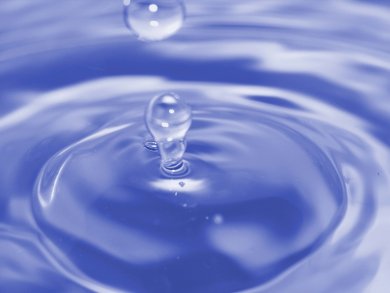Supercritical water exists in a fluid phase under applied pressure above the “normal” boiling point of the liquid. Although it and other supercritical fluids were studied in the 19th century, it wasn’t until the 20th century that they were exploited as novel solvents for polymerization and the decaffeination of coffee. During the last two decades, their ability to be used as non-toxic solvents that can be recycled by simply releasing the pressure on a reaction has added to their credentials as green alternatives to volatile organic solvents.
Researchers at the Technische Universität Dortmund, Germany, and their colleagues in Finland and France have used X-ray Raman spectroscopy, ab initio molecular dynamics simulations, and density functional theory to investigate the properties and microscopic characteristics of supercritical and subcritical water. They have shown how the hydrogen bonding network within water leads to the the behavior of these water phases. According to the simulations, distortions of the hydrogen-bond network increase dramatically when temperature and pressure increase to the supercritical regime.
- Microscopic structure of water at elevated pressures and temperatures,
Christoph J. Sahle, Christian Sternemann, Christian Schmidt, Susi Lehtola, Sandro Jahn, Laura Simonelli, Simo Huotari, Mikko Hakala, Tuomas Pylkkänen, Alexander Nyrow, Kolja Mende, Metin Tolan, Keijo Hämäläinen, Max Wilke,
Proc. Nat. Acad. Sci. 2013, 110, 6301–6306.
DOI: 10.1073/pnas.1220301110



